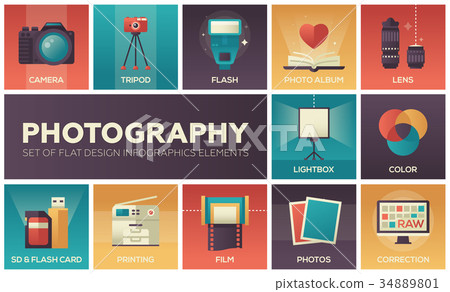What Every Professional Photographer Ought To Know About Lighting
What Every Professional Photographer Ought To Know About Lighting
Blog Article
Short Article Developed By-Futtrup Ibrahim
As a professional photographer, you recognize that lights can make or break your photos. Understanding the subtleties of both all-natural and artificial light is important for capturing the mood and clearness you aim for in your work. Whether you're chasing the ideal gold hour radiance or adjust your fabricated configurations, grasping these components can elevate your digital photography substantially. But there are common risks that numerous ignore, and acknowledging them can transform your strategy to every shoot. Let's explore what you could be missing and how it can affect your outcomes.
Understanding All-natural Light
Understanding all-natural light is crucial for any kind of photographer wanting to improve their job. It's the structure of terrific digital photography, affecting state of mind, tone, and quality. When you fire outdoors, take note of the time of day. The gold hour-- shortly after sunup and prior to sunset-- offers soft, cozy light that can transform average scenes right into magnificent images.
Don't take too lightly the power of cloudy days. https://telegra.ph/Transform-Your-Portrait-Digital-Photography-With-Straightforward-Methods-That-Boost-Illumination-And-Structure-However-What-Vari-01-08 diffuses sunlight, creating a soft, also light that's ideal for portraits and macro digital photography. You'll find shades appear this type of lights without rough shadows.
Placing matters, too. Constantly consider your topic's orientation to the source of light. If the sun's behind your topic, you may end up with a silhouette, which can be significant yet mightn't be what you want. Conversely, direct sunshine can create unflattering shadows.
Try out angles; sometimes, altering your viewpoint can generate impressive outcomes. Usage natural reflectors, like water or sand, to jump light onto your topic, including dimension.
Learning Artificial Light
Mastering synthetic light is important for professional photographers who intend to take their abilities to the next degree. Whether Executive portrait studio using speedlights, studio strobes, or constant lights, understanding exactly how to manipulate these sources can substantially boost your images.
Begin by acquainting yourself with the basics of light high quality, instructions, and color temperature level. Explore various modifiers like softboxes, umbrellas, or grids to regulate the gentleness or harshness of the light.
You'll find that soft light frequently produces complementary outcomes, while harsher light can include drama and depth. Don't avoid shadows; they can boost the three-dimensionality of your subjects.
Pay attention to the placement of your lights. A light located too near your topic can produce unflattering outcomes, while too far away can cause a lack of information. Use a light meter or your cam's histogram to guarantee you're exposing appropriately.
Lastly, bear in mind that fabricated light can be blended with ambient light for innovative impacts. Balancing these sources might take method, once you understand it, your digital photography will absolutely beam.
Strategies for Various Scenarios
When you enter different shooting scenarios, adjusting your illumination methods is vital for capturing the very best pictures. For outside pictures, utilize the gold hour-- morning or late afternoon light-- to soften darkness and improve skin tones.
If it's an extreme lunchtime sunlight, consider using a reflector to jump light back onto your topic or seek shaded areas for an extra even exposure.
In low-light circumstances, like interior events, enhance your ISO and use a broad aperture to let in more light. A tripod can help eliminate video camera shake, permitting longer direct exposures without obscuring.
If you're contending evening, trying out off-camera flash to produce dynamic illumination and deepness in your photos.
For product digital photography, make use of diffused lights to stay clear of harsh representations. Softboxes or light camping tents can assist achieve this impact.
When photographing landscapes, consider the instructions of light and time of day, as it can drastically transform the mood of your shot.
Always prepare to adjust your setups and positioning based on the circumstance, as versatility is essential to understanding illumination in digital photography.
Verdict
In conclusion, grasping illumination is crucial to raising your photography abilities. Accept natural light's beauty during golden hour, and do not avoid experimenting with synthetic light techniques. By adjusting your approach to various scenarios, you'll capture spectacular pictures that reverberate with emotion and clearness. Remember, the best lights can transform a common shot into something phenomenal, so keep practicing and refining your understanding of both natural and man-made light. Happy shooting!
